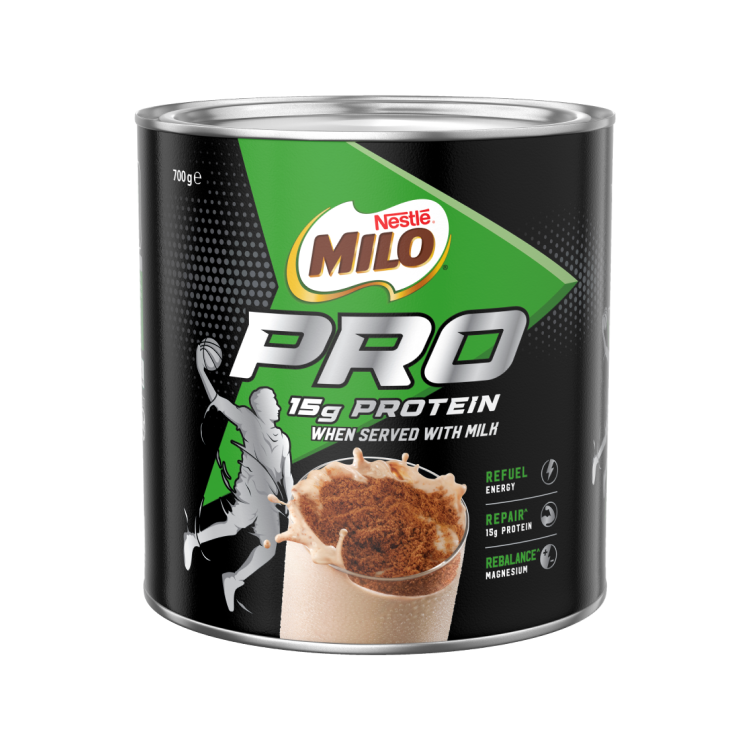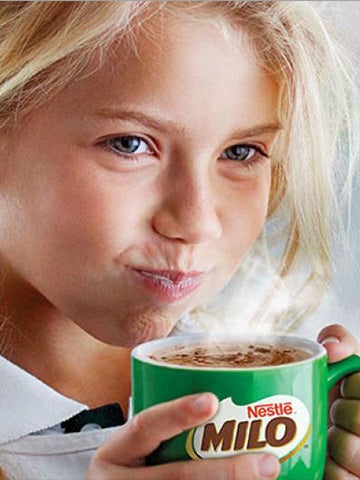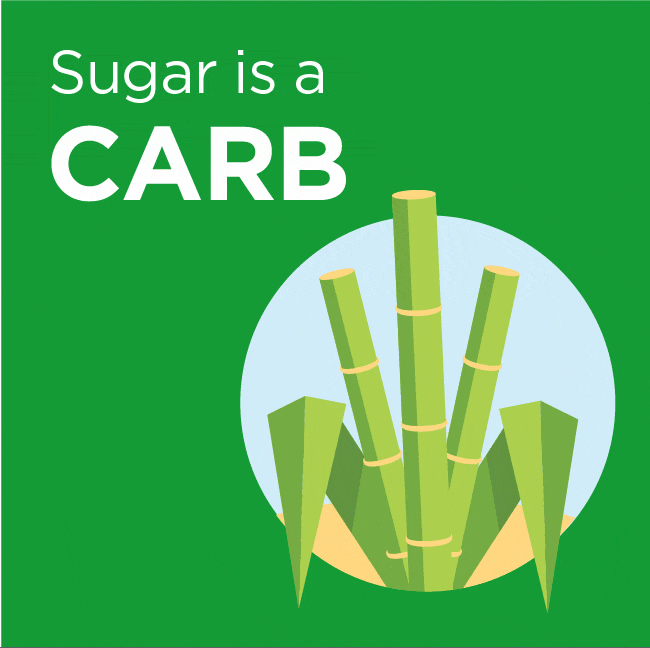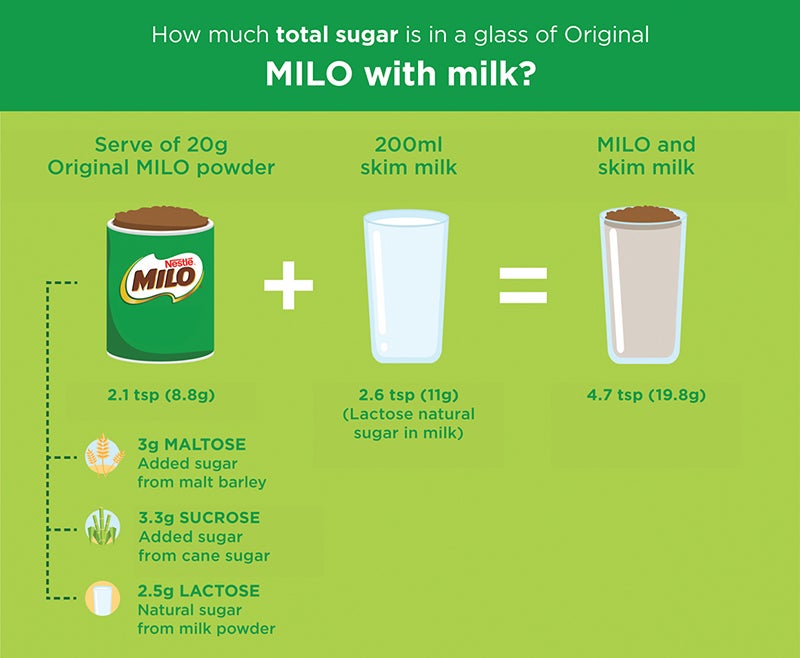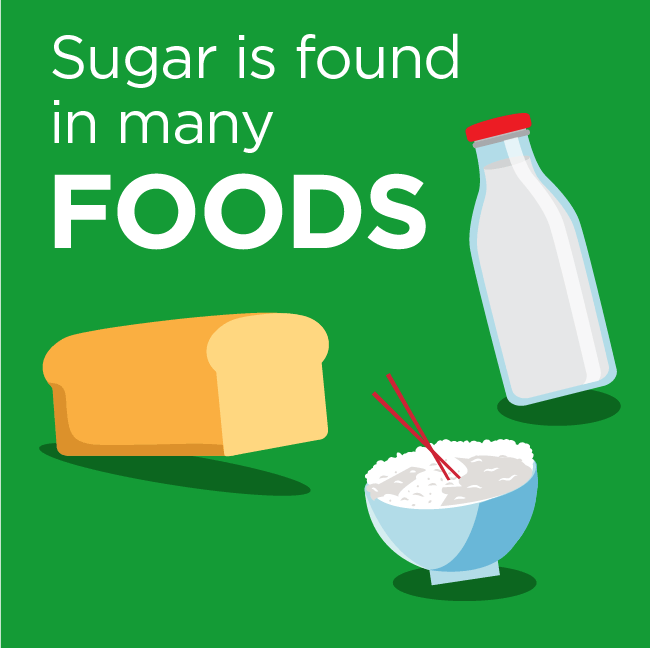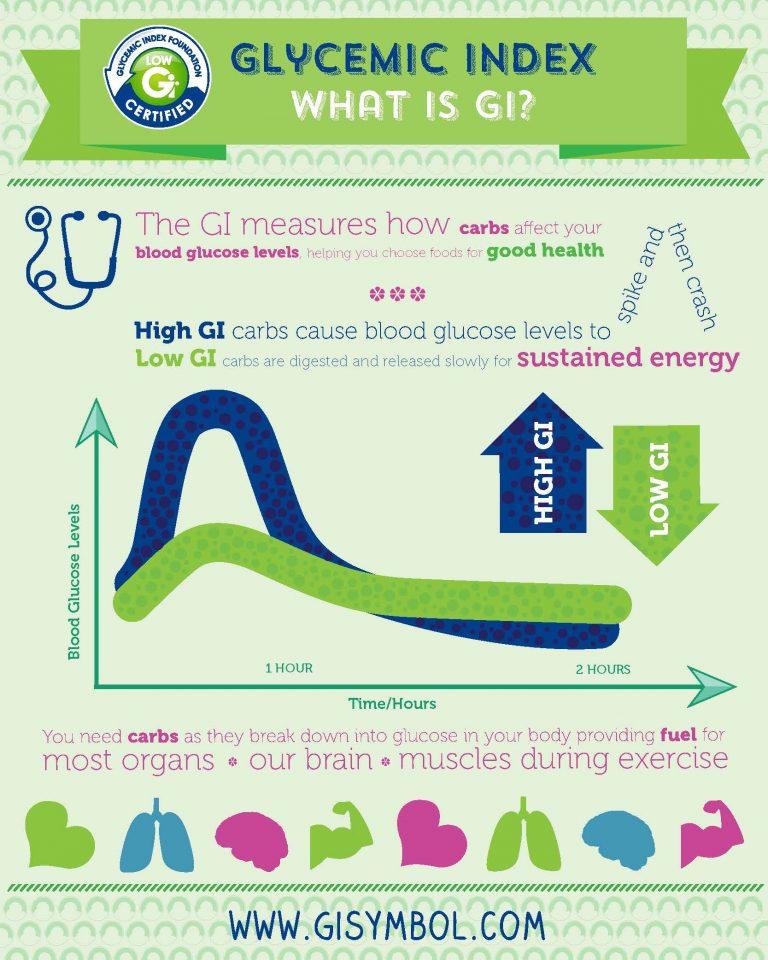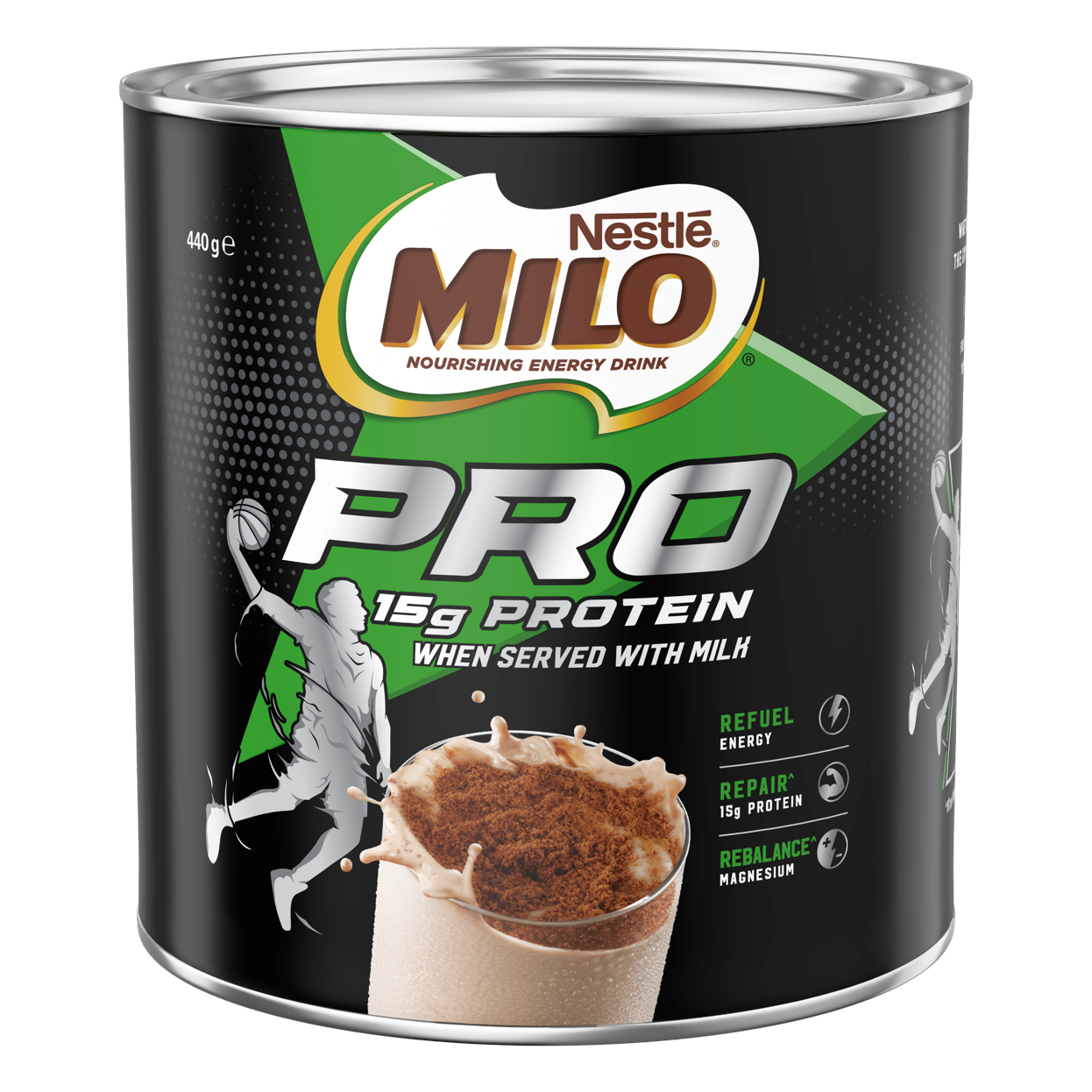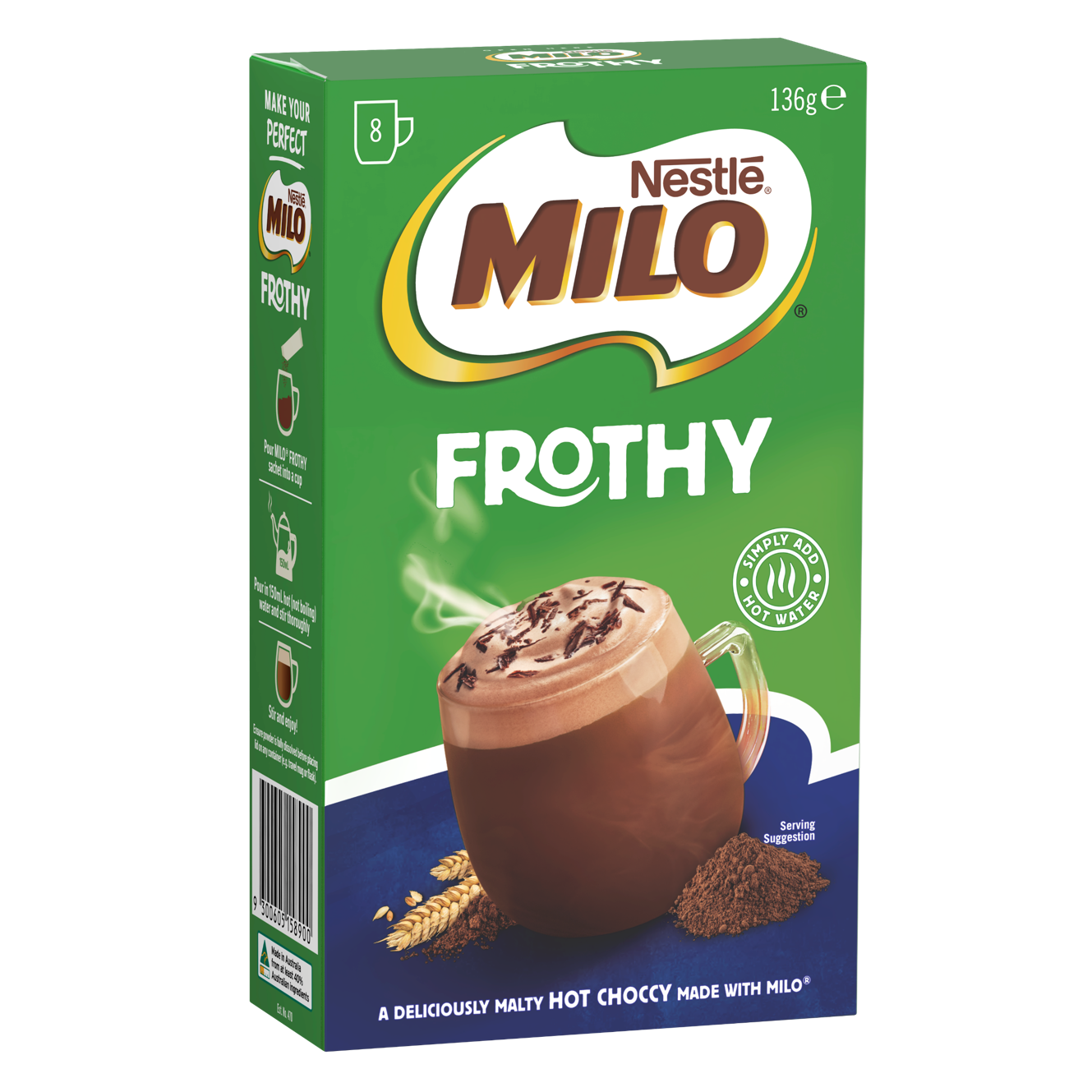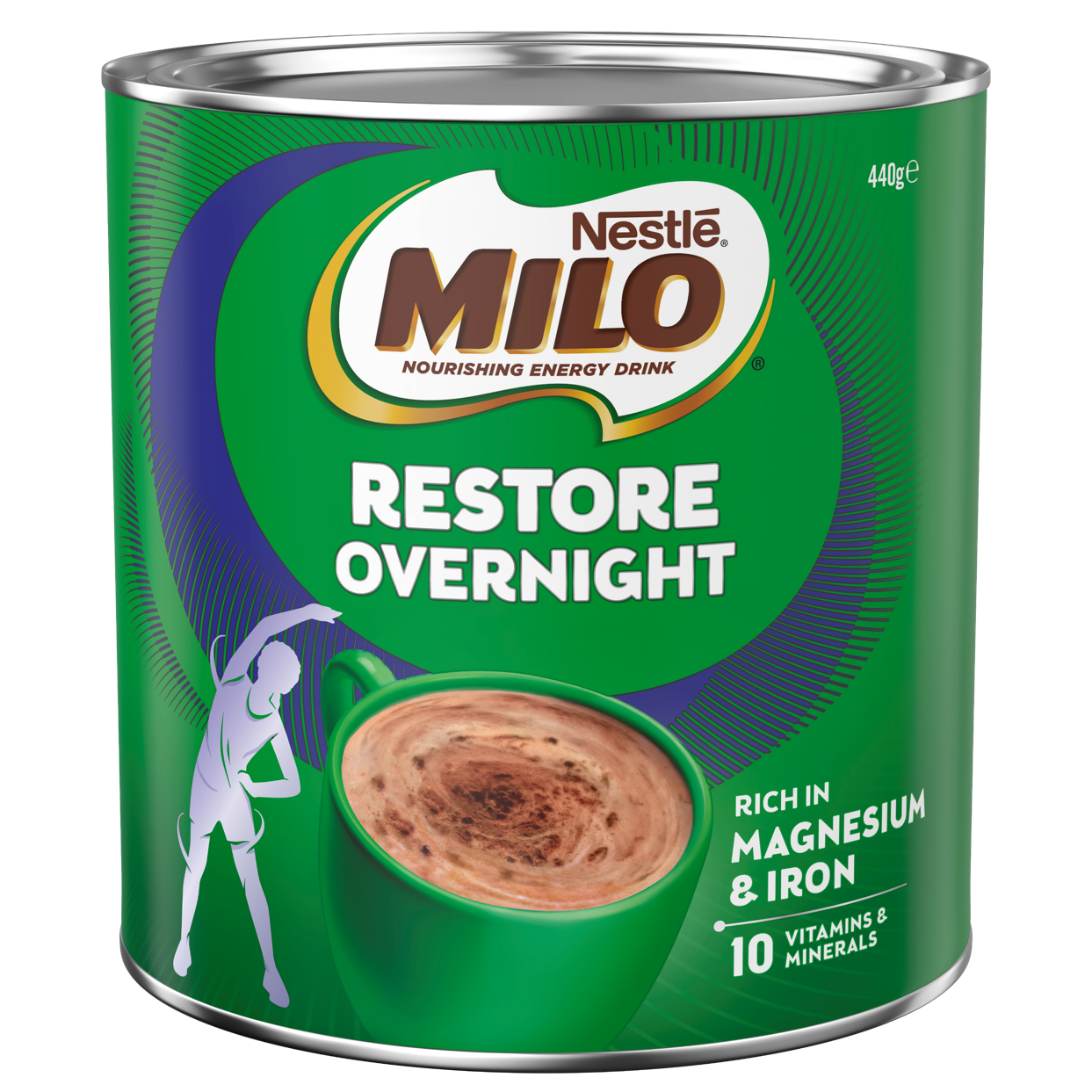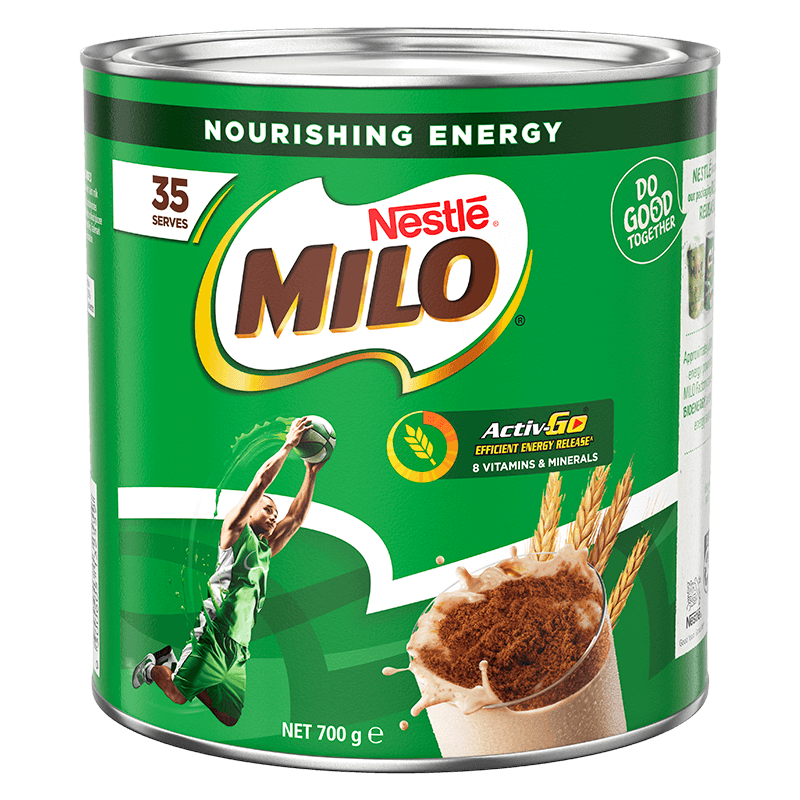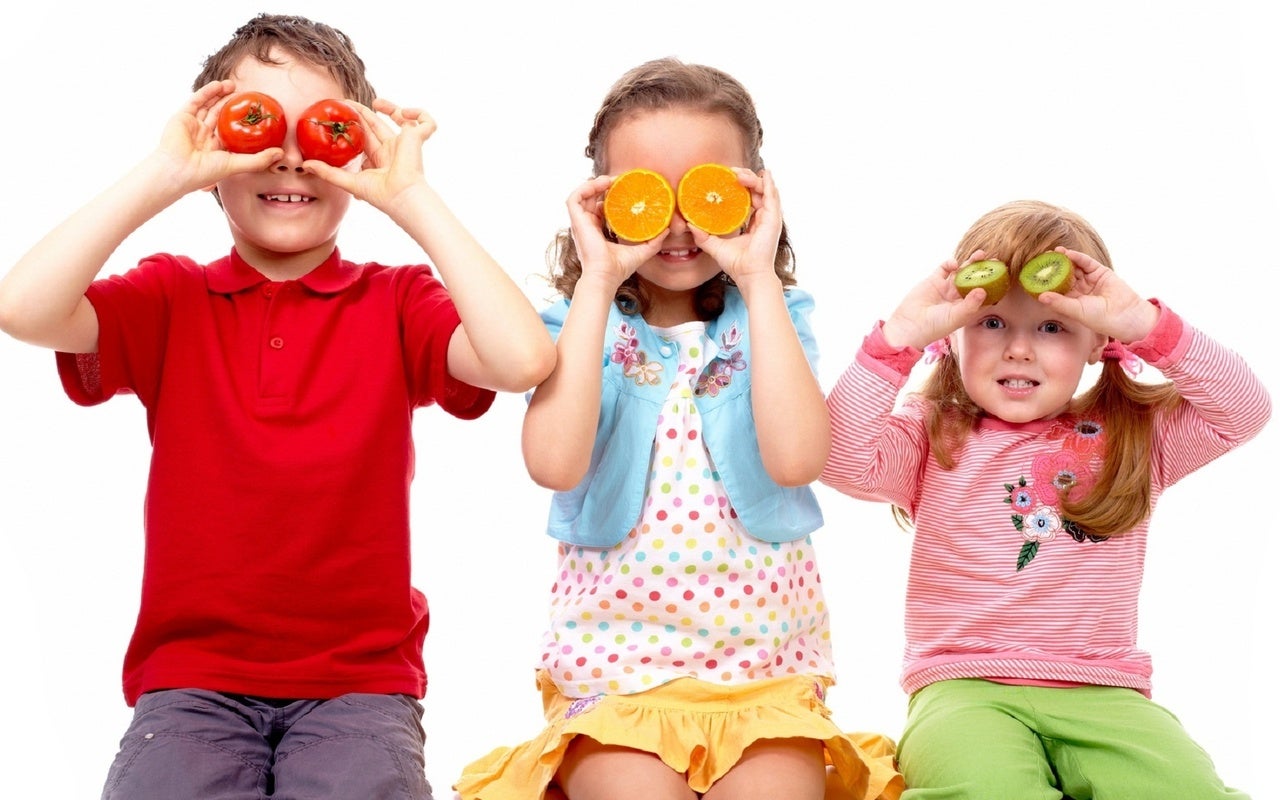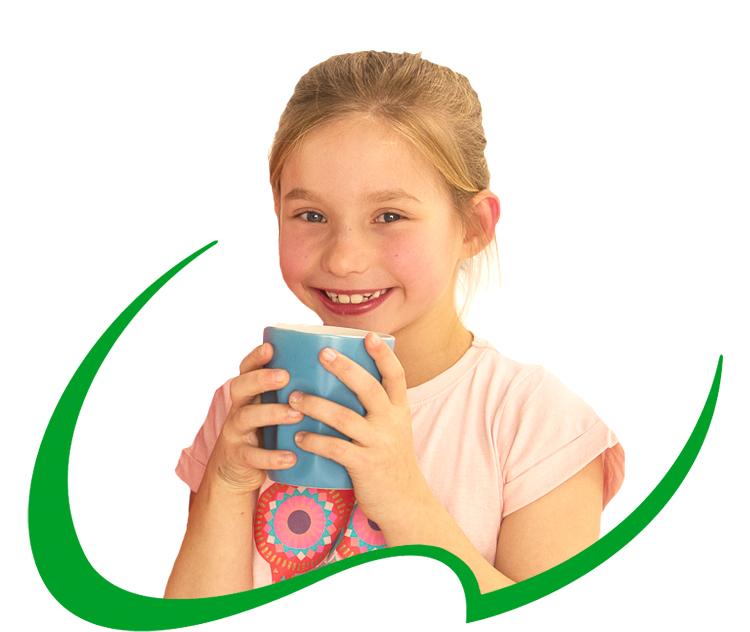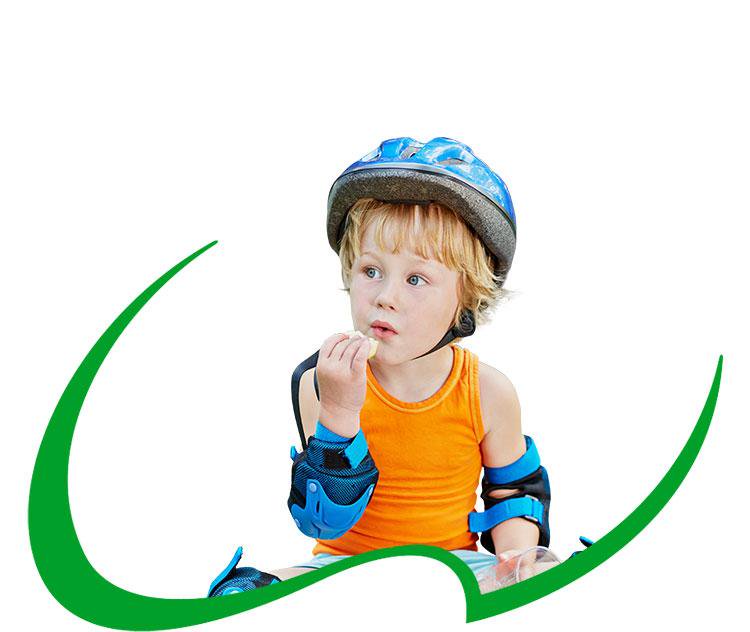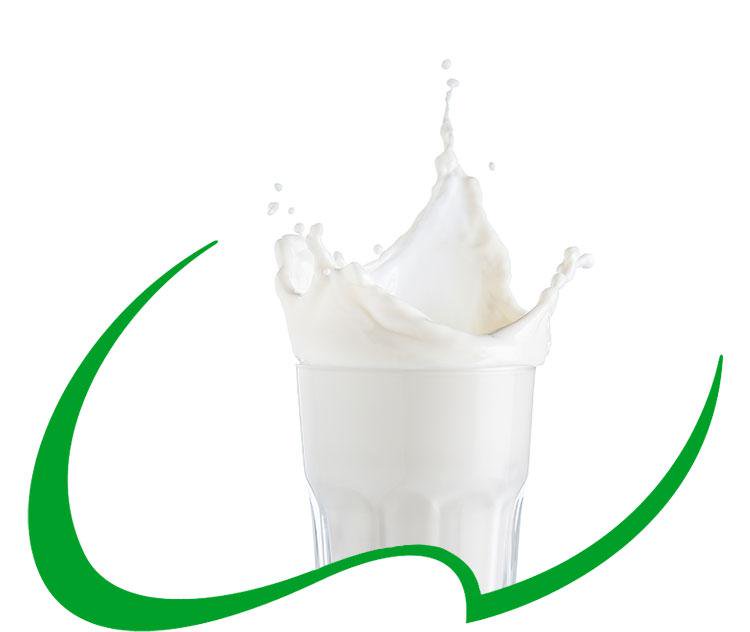The History of MILO
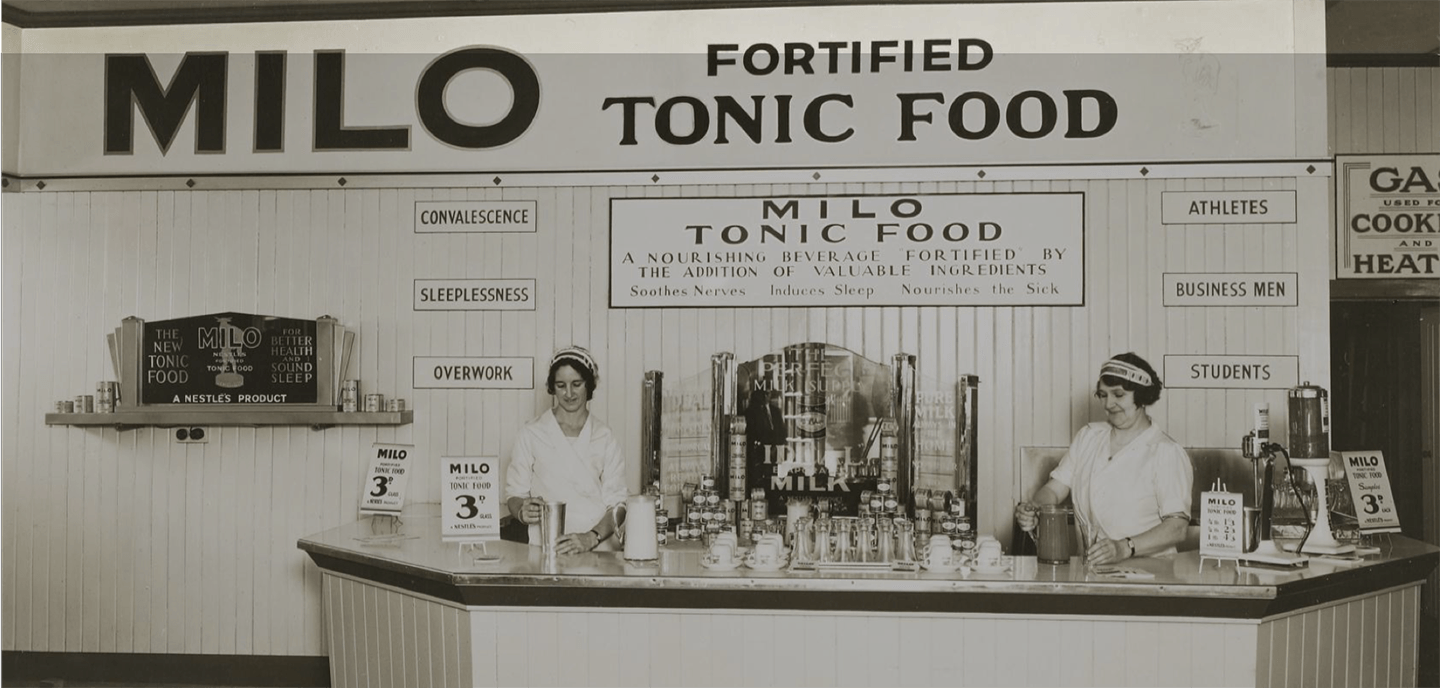
THE HISTORY OF MILO®
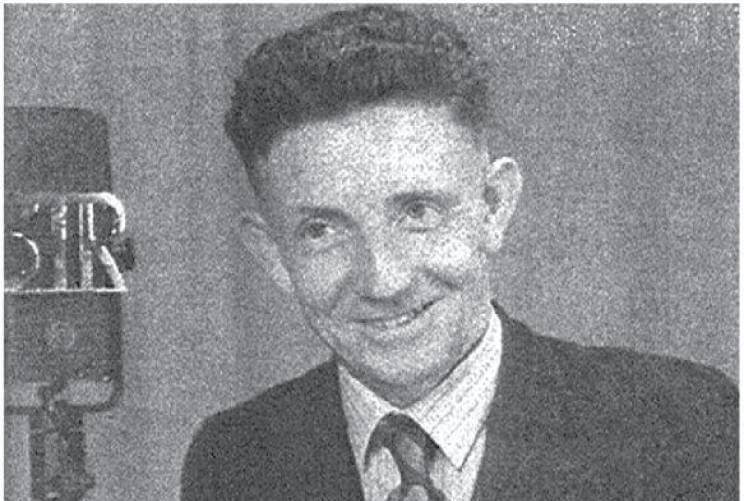
THE BEGINNING OF MILO®
MILO®, Australia's iconic crunchy milk drink, was first introduced in 1934—a time of great economic depression—by chemical engineer, Thomas Mayne from Smithtown, NSW.
Nestlé wanted to develop a tonic drink that tasted good enough that children would eat it, whilst giving them the vitamins and minerals they needed, without costing families too much. The drink also had to be made from local ingredients such as malted barley, dried milk and cocoa.
The task fell to young trainee chemical engineer, Thomas Mayne who spent four years developing what we now know as MILO®. He wanted to create a mix with vitamins and minerals that would dissolve when stirred, not just fall to the bottom of the glass. He couldn’t quite get there.
One day, Mayne walked into his kitchen to discover his daughter, Margaret and her brother scooping the crunchy bits of MILO® powder off the top of their drinks. It was then he realised that the crunch was not a problem, but a feature! And so MILO® as we know it today was born—named after MILO® of Croton, a Greek wrestler who lived in the 6th Century BC and possessed legendary strength.
MILO® Tonic Food was introduced to the public at the 1934 Sydney Royal Easter Show.
THE FAMOUS MILO® TIN
When Mayne’s MILO® was ready to sell, it needed to be easily distributed to families all over Australia, which saw the introduction of the iconic MILO® tin. This has lived on—like MILO®—to this day.
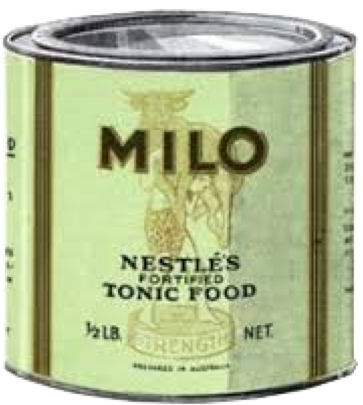
BRAND TIMELINE
- 1934
- 2014
- 2019
- 2020
- 2023
1934
- MILO was first introduced in 1934
- MILO® is an iconic Australian brand first developed in 1934 by Thomas Mayne to address malnutrition in Aussie kids.
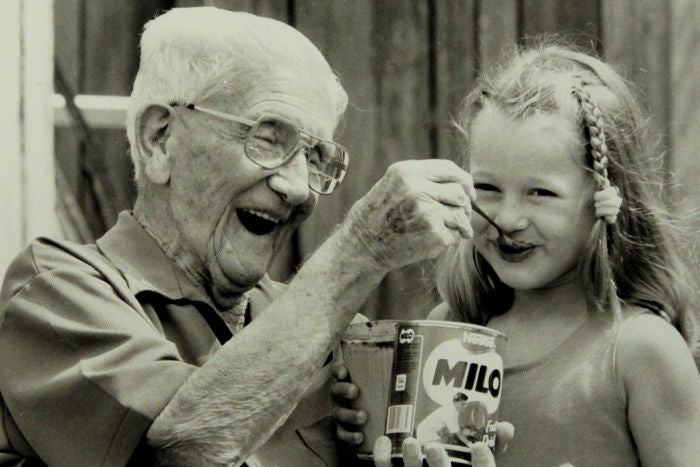
2014
- 100% UTZ Certified
- In 2014, the cocoa used in MILO® was 100% UTZ certified, allowing us to display the UTZ logo on our packaging and promote the good work we are doing to create shared value in the community. UTZ is now a part of the Rainforest Alliance.

2019
- MILO® 30% Less Added Sugar
- Launched MILO® 30% Less Added Sugar
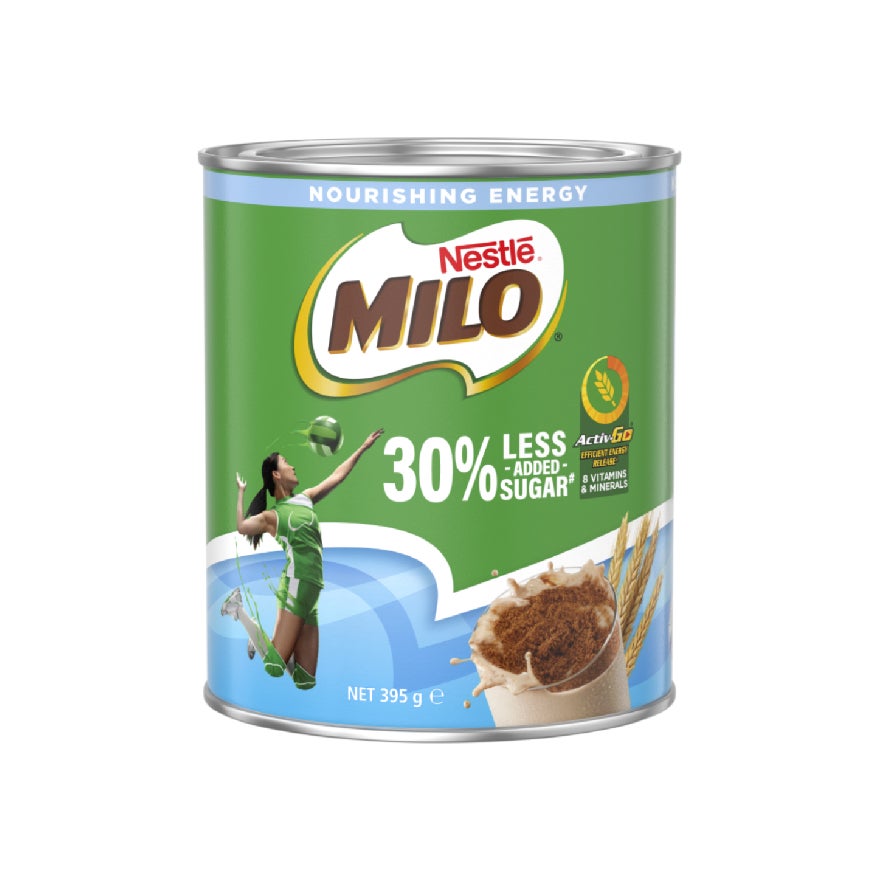
2020
- MILO® Plant Based Energy
- Launched MILO® Plant Based
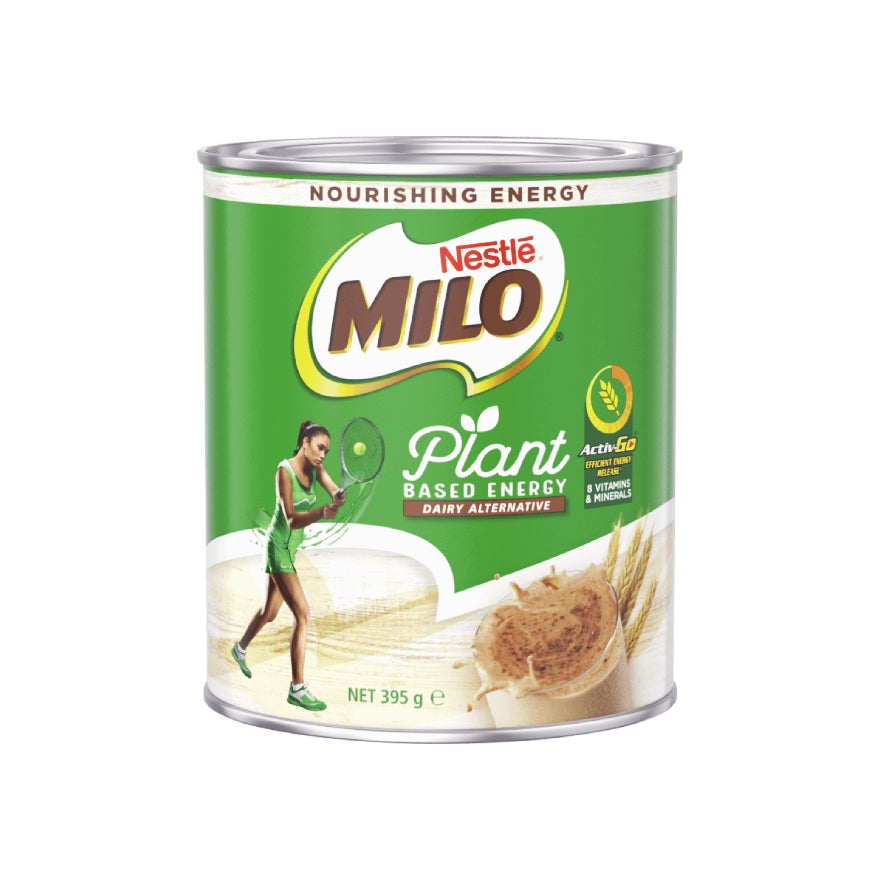
2023
- MILO PRO
- In 2023 we were excited to welcome MILO PRO to the family! A delicious choc-malt powder with the taste of MILO you love, with added protein.
